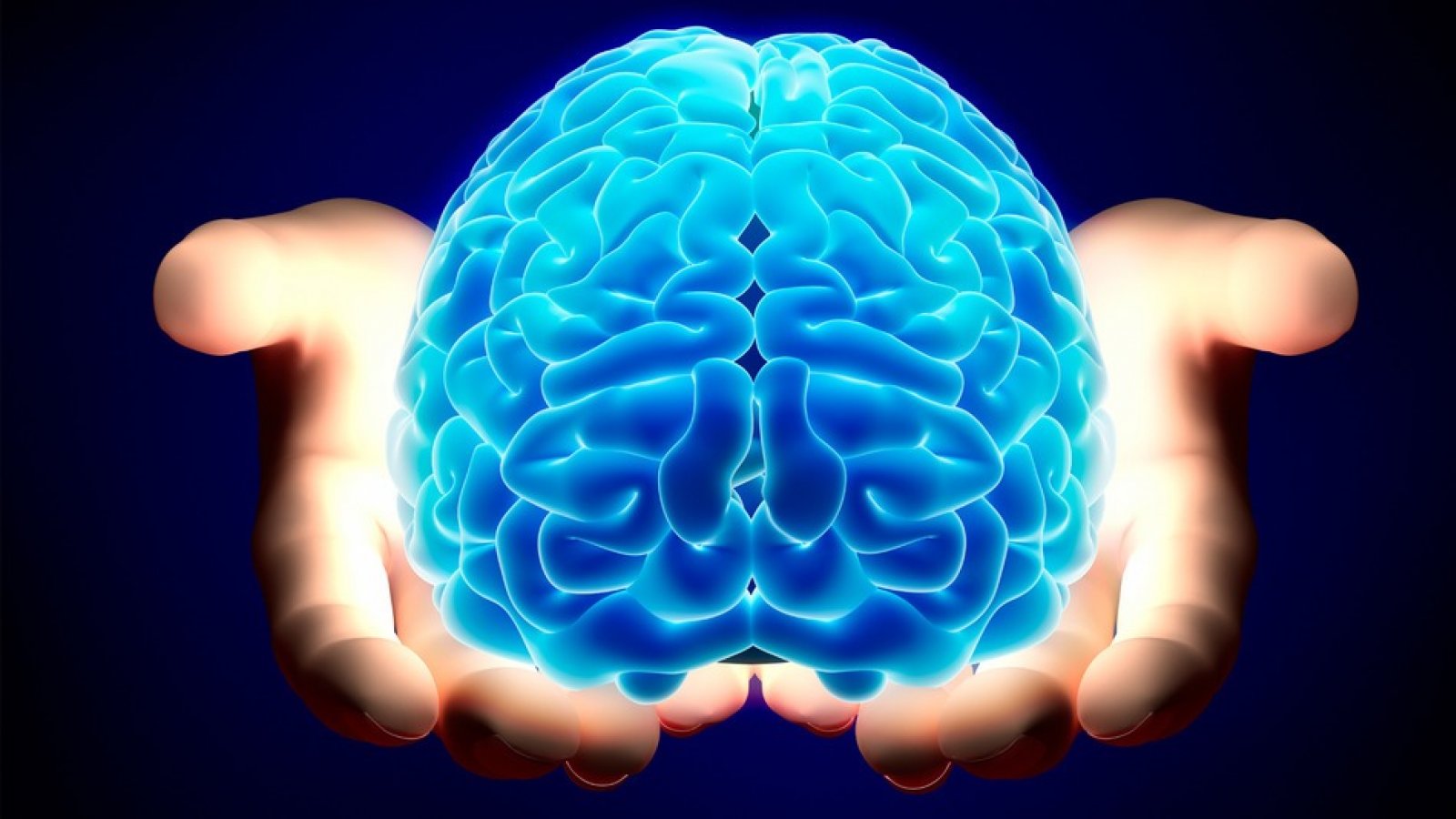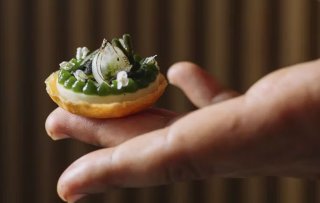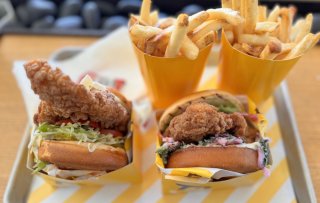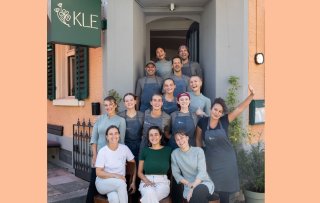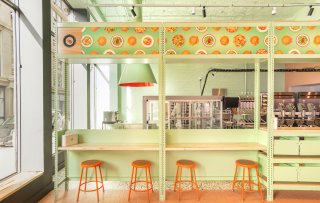Did you know that reducing the diameter of a plate from 30 - 25 centimetres can make guests eat 22% less?
Our choices regarding food and beverages aren’t just influenced by economic factors like money, time, usage, supply and demand. Amongst other things, we are also influenced by psychology. How can we use these different scientific disciplines to explain using our brain as a business model? Cornell Food and Brand Lab at Cornell University in Ithaca, NY gives the facts.
• 67% of plates are filled with the first options on offer in a self-service buffet, regardless of whether they are healthy or not. Put healthy choices first in line.
• When less healthy products are placed at the front of the buffet, guests put 31% more items on their plate.
Reducing the diameter of a plate from 30 - 25 centimetres can make guests eat 22% less.
• Higher priced food items are valued more. During this experiment, the same item was offered for 4 dollars one day, and 8 dollars the next. The item was valued more at the higher price point.
• In one experiment, subjects that were told a positive story – and thus felt happier - before choosing food made healthier choices than those who were told something negative.
• On average, people only eat 92% of the food they put on their plate.
• The average person makes about 200 food related choices a day.
Low-fat labels mean people eat 16 - 23% more calories.
• Because of the optical illusion, people pour 28% more liquid into a short, wide glass than into a tall, narrow glass.
• Placing fruit near the register made sales of fruit go up by 70% in a test held in primary schools.
• People are very receptive to descriptions on a menu. ‘Grilled Sea bass’ is more attractive than just ‘fish’.
Want to know more about food & psychology? Read the Food Inspiration Magazine.
